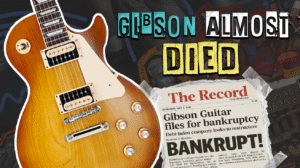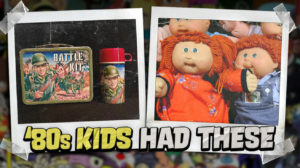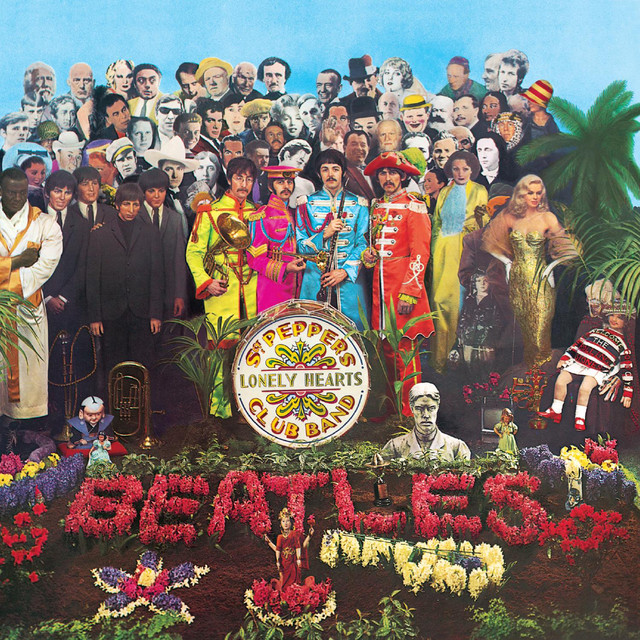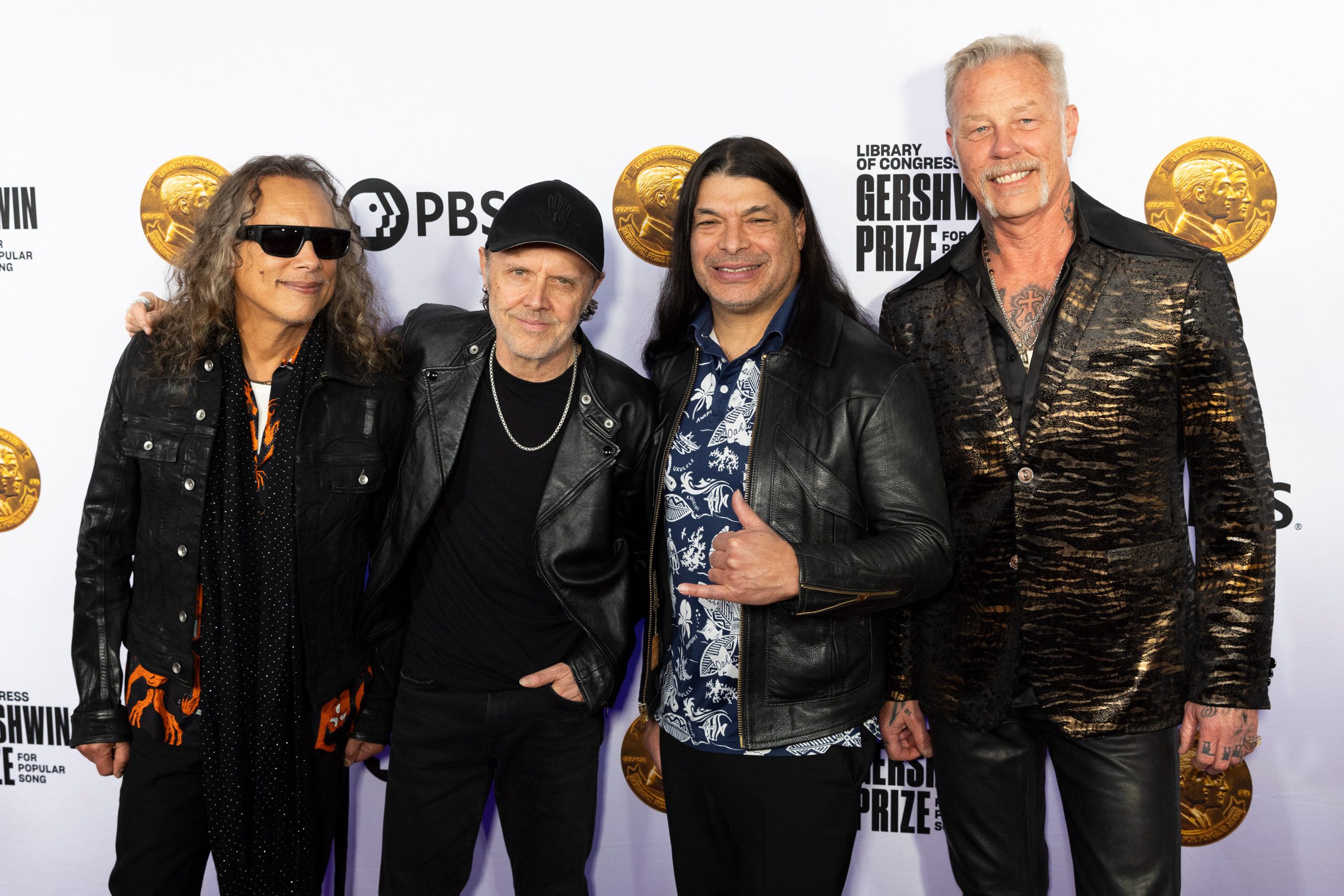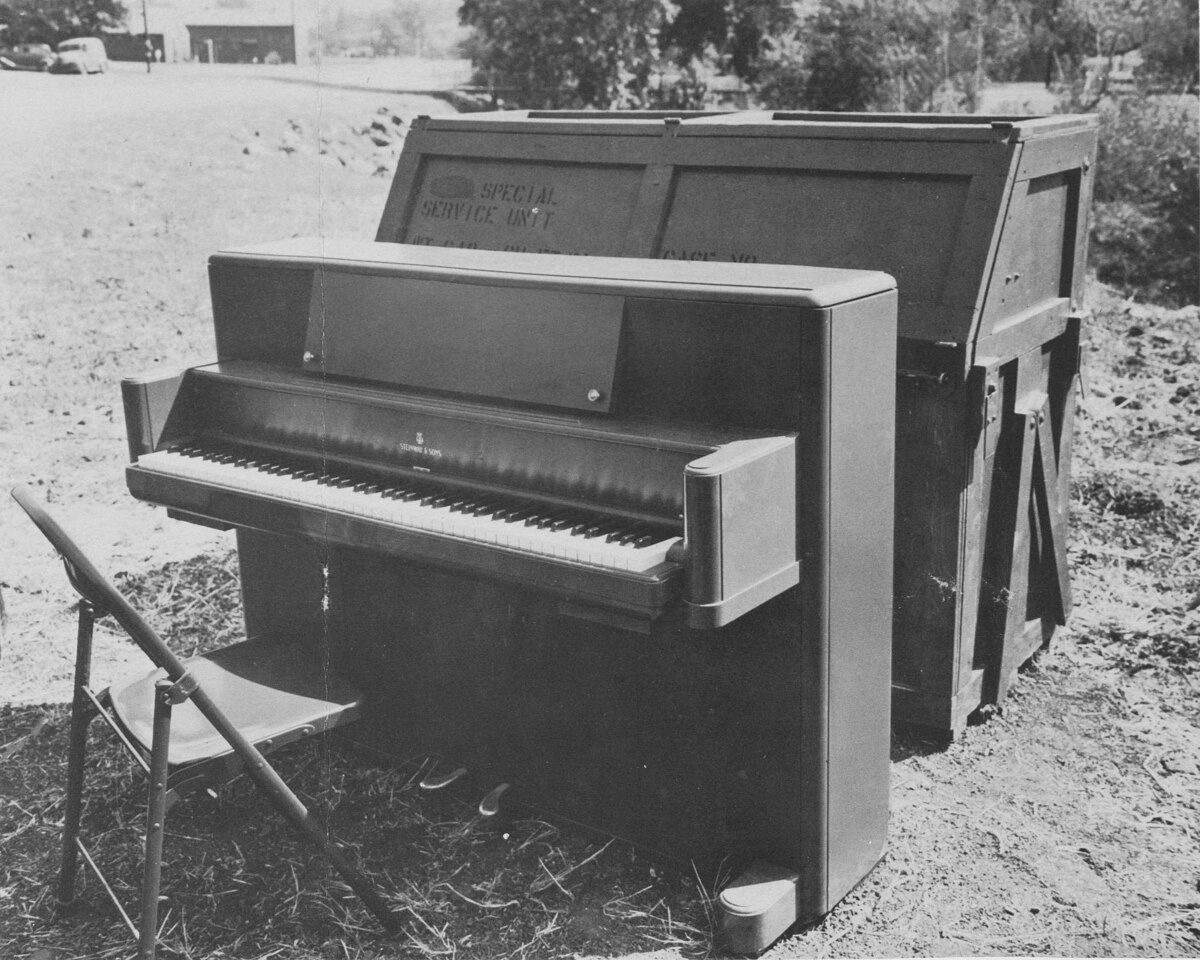
Music lovers often miss the full richness of 1971’s musical landscape. We celebrate the famous hits while amazing songs fade into obscurity. These forgotten tracks showcase Canadian rock breaking barriers, psychedelic soul pushing boundaries, and family bands navigating industry exploitation.
Each overlooked gem contains fascinating stories about late-night recording sessions, controversial lyrics, and songs that sold millions without lasting recognition.
10. Sweet City Woman by The Stampeders

Looking for Canadian rock that broke international barriers? The Stampeders delivered exactly that in 1971. Their #1 Canadian hit (reaching #8 on the U.S. Billboard Hot 100) marked Canada’s entry into the global rock scene.
The band started in 1964 as The Rebounds. Their record label initially rejected “Sweet City Woman.” The now-famous banjo riff emerged during a coffee break and the final hit version was cut around 2 a.m., fueled by coffee, creating their best track.
If you’re searching for the perfect example of how happy accidents create music history, the late-night, caffeine-fueled recording of this banjo-driven hit shows exactly what magic can happen. It’s a track that stands alongside the underrated 80s songs in terms of unexpected brilliance.
9. Chirpy Chirpy Cheep Cheep by Middle of the Road

With over 10 million copies sold globally, “Chirpy Chirpy Cheep Cheep” proves that simplicity sometimes conquers all. Middle of the Road, formed in Glasgow in 1970, created this earworm that British radio initially shunned for its simplicity (because radio programmers have always been such arbiters of good taste).
The band fell victim to classic industry exploitation. Management systematically underpaid them despite the song topping charts in 18 different countries. This led to a prolonged and costly legal battle.
While critics often debate the most overrated songs of the era, this bubblegum pop hit endures as a crowd favorite—not because it tried to be profound, but because it dared to be fun.
8. Timothy by The Buoys

“Timothy” was designed to shock you—intentionally through its disturbing theme of cannibalism. The Buoys, from Wilkes-Barre, released this controversial hit to shocked audiences. Michael Wright wrote the song about cannibalism deliberately to break their recording contract.
Rupert Holmes skillfully handled production. The song reached number 17 on Billboard despite being rejected by 45 radio stations! Talk about failing upward.
The song’s success makes it the musical equivalent of a horror movie that becomes a cult classic—people were disturbed but couldn’t stop listening.
7. One Toke Over the Line by Brewer & Shipley

As a defining anthem of the 1971 culture wars, Brewer & Shipley’s controversial song became Exhibit A. This folk-rock duo, formed in Kansas City in 1967, delivered a hit that peaked at #10 on Billboard despite (or because of) its drug references. The Nixon Administration deemed them subversive artists. Vice President Spiro Agnew even called them out by name in speeches! The duo wrote the track while waiting to play a show in Kansas City.
Lawrence Welk innocently covered the song on his program, remaining oblivious to its obvious drug references.
The song’s misunderstood lyrics created history’s most awkward generation gap—where parents watched Lawrence Welk perform what they didn’t realize was essentially a drug anthem on family television.
6. Smiling Faces Sometimes by The Undisputed Truth

The Undisputed Truth transformed social commentary into psychedelic soul with this #3 Billboard hit. Formed in 1970 under Norman Whitfield’s experimental vision, the band served as his musical laboratory, pushing boundaries other Motown acts couldn’t.
Whitfield initially crafted a 12-minute version with The Temptations. Barry Gordy, Jr. deemed it too controversial for release. The group reportedly sang the lead 47 different times and Norman wasn’t satisfied until the very last take.
Radio’s three-minute format requirement shaped this song’s evolution from 12-minute epic to chart-topping single, demonstrating how editing constraints sometimes distill greatness rather than diminish it.
5. Treat Her Like a Lady by Cornelius Brothers & Sister Rose

Family business complications nearly sidelined this million-selling hit before it started. Cornelius Brothers & Sister Rose began singing gospel in their father’s Florida church, later discovering their dad had signed record contracts without their knowledge when they were just kids.
Their first record deal contained signatures made when they were kids. Their father had signed the papers without telling them. Despite this rocky start, “Treat Her Like a Lady” sold over a million copies and earned Gold certification.
The song’s message of respect resonated with changing 1970s gender dynamics—ranking #15 on Billboard’s Year-End chart and becoming one of 1971’s defining relationship anthems.
4. Indian Reservation (The Lament of the Cherokee Reservation Indian) by The Raiders

The Raiders turned social consciousness into a #1 Billboard hit with “Indian Reservation.” This track shifted their artistic direction, transforming them from a garage band into a group with something important to say about Native American issues.
Don Fardon first recorded the tune in 1968. The Raiders incorporated authentic Cherokee Nation references and adopted Native American drumming styles for authenticity. Mark Lindsay sang in a darkened studio with only a small red light to capture the right emotional tone.
When facing complex social issues that seem too big for pop music, remember that this song proved commercial success and meaningful commentary can coexist—selling over a million copies while elevating an underrepresented perspective.
3. I Don’t Know How to Love Him by Yvonne Elliman

From London club singer to Broadway star in one audition—Yvonne Elliman’s meteoric rise defied industry norms. Her big break came in 1970 when Andrew Lloyd Webber and Tim Rice discovered her singing in London clubs and immediately cast her as Mary Magdalene in Jesus Christ Superstar.
She hadn’t acted on stage before this career-defining role, yet Elliman nailed “I Don’t Know How to Love Him” so perfectly that she only needed to record it once.
Recording struggles got you down? This song’s flawless first-take recording stands as proof that sometimes musical perfection happens spontaneously rather than through endless studio revisions.
2. La Goodbye by The Ides of March

Heartbreak in Los Angeles inspired this overlooked gem from Chicago rockers The Ides of March. Formed in 1964, the band deliberately streamlined their approach for this song, moving away from the prominent horn sections that defined their earlier hit “Vehicle.”
One member’s girlfriend moved to L.A. to pursue acting, and this personal experience inspired the emotionally resonant lyrics that capture that specific heartache when someone chooses their dreams over you.
With its stripped-down sound and emotional honesty, the track showcases a side of the band that “Vehicle” fans might have missed entirely—proving that sometimes less truly is more.
1. Never Ending Song of Love by Delaney & Bonnie
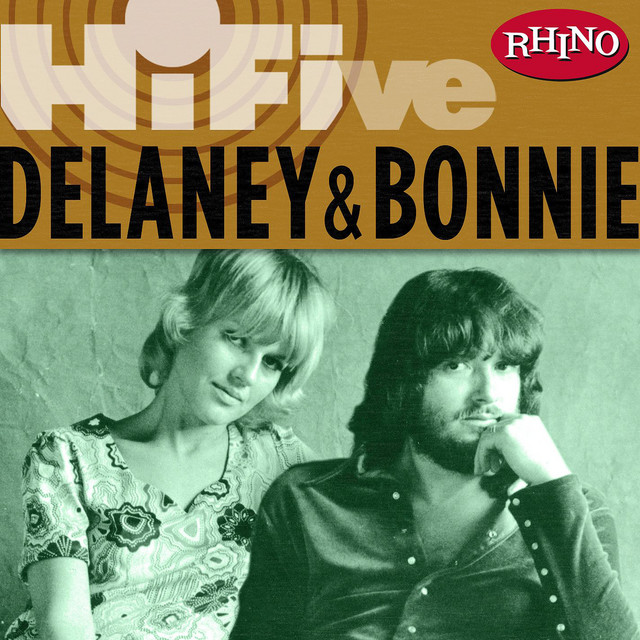
A paper breakfast bag became the unlikely birthplace of this heartfelt classic. “Never Ending Song of Love” came to life through pure inspiration when Bonnie Bramlett spontaneously wrote the bridge during a break, scribbling lyrics on whatever was available.
Bonnie Bramlett quickly scribbled the words on a paper bag that had held her breakfast during a spontaneous creative moment! The song was recorded while still fresh in the band’s minds.
This song’s origin story serves as inspiration for creative professionals everywhere—reminding us that sometimes genuine, lasting art comes from impromptu moments rather than meticulous planning.




